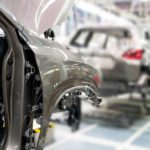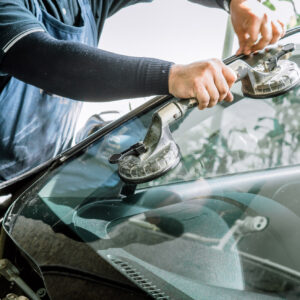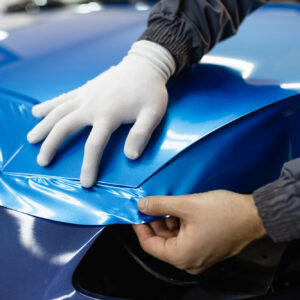Car parts aren’t built to last forever. Some require regular replacement, like tires and air filters, while others almost never need repairs as long as the vehicle is well maintained.
Some components can set you back thousands to repair or replace.
In most cases, these parts are the ones that can make driving unsafe or impossible when they’re not working. They might also require expensive materials and mechanical expertise to make.
Don’t get caught off guard. If your trip to the mechanic reveals the need to fix or replace the parts below, there’s a chance that you might have to pay big for the repair job.
Engine Assembly
Engine assemblies cost an arm and a leg to replace. They house all the parts of the engine, including pistons, rods, crankshafts, valves, and more. Some are expensive on their own, so putting them together with other engine parts results in a hefty sum.
An engine assembly can cost as much as $16,400 or higher and repair costs can set you back $1,500 or more.
There are two different types of engine assembly to keep an eye out for: short block engines and long block engines. While the former is smaller and contains fewer components than the latter, both are equally important when it comes to keeping a vehicle running.
Manual Transmission
Another incredibly expensive component to repair and replace is the manual transmission.
Like the engine assembly, repairing or replacing it is expensive because it has many parts. The manual transmission includes the clutch, the flywheel, the gear selector, the shift lever, and other crucial components.
A new manual transmission can cost as much as $6,700 to replace, with repair costs reaching as high as $1,400.
The manual transmission requires the driver to manually shift the gears to adjust its speed and power. Shifting gears is accomplished with a component called the stick shift.
Axle Assembly
The axle assembly is responsible for delivering power to the wheels and supporting the vehicle’s weight. The axles are the shafts that serve as mechanical links between the transmission system and the wheels.
There are typically two axles: the front axles and the rear axles. The front axles absorb shock from the road, while the rear axles rotate along with the wheels.
Replacing an axle assembly can cost as much as $6,300 and repairing one can cost up to $1,200.
Hybrid Drive Battery
Hybrid drive batteries power hybrid electric vehicles. Also known as hybrid batteries, drive motor battery packs, or high-voltage batteries, they contain many cells that are used to power the electric propulsion motor.
Unlike typical batteries that supply power for ignition, hybrid batteries can serve as the primary power source of hybrid vehicles. As such, it’s not surprising that replacing one can break the bank. You can expect to spend as much as $5,400 for a new hybrid drive battery. EV batteries can cost over twice as much as the smaller hybrid batteries.
Radiator
Another expensive auto part to repair or replace is the radiator.
The radiator dissipates heat from the engine using coolant, which travels from the radiator to the engine, absorbing the heat before cycling back and repeating the process. This keeps the engine from overheating and getting damaged.
Though some radiators cost as low as $7, there are radiators that can go as high as $5,900. As for repairing one, you can expect to spend between $100 to $500.
Catalytic Converter
Catalytic converters are one of the priciest components of any vehicle. This is largely because they’re difficult to manufacture. They contain valuable metals, like rhodium, platinum, and palladium. Their honeycomb interior also makes these components hard to repair.
Repairing a catalytic converter can cost you well over $1000 whereas replacing one entirely can cost you up to $5,800.
Catalytic converters are responsible for converting the harmful chemicals created by the engine into breathable substances that are less toxic to the environment.
Driving while yours is faulty isn’t just bad for the environment. It can also get you in trouble with the law, as it’s illegal to drive without one in most states.
Any information provided on this Website is for informational purposes only and is not intended to replace consultation with a professional mechanic. The accuracy and timeliness of the information may change from the time of publication.




















